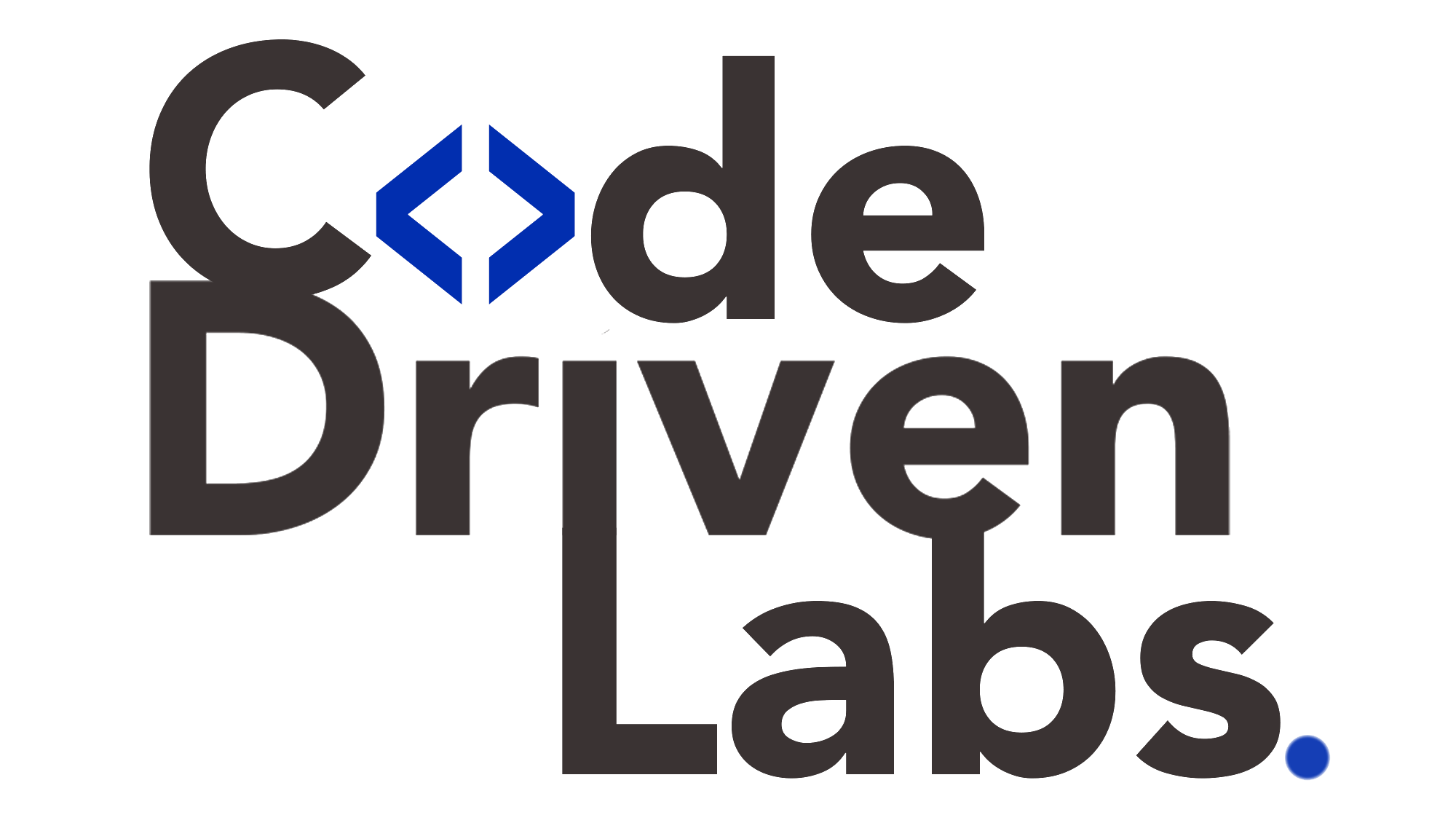Level up your business with US.
- Home
- Healthcare Software Development: The Ultimate 2025 Guide
Healthcare Software Development: The Ultimate 2025 Guide
July 7, 2025 - Blog
Healthcare Software Development: The Ultimate 2025 Guide
The healthcare industry is undergoing a digital transformation like never before. Advances in AI, IoT, telemedicine, and electronic health records (EHR) have unlocked new possibilities for patient care, diagnostics, and operational efficiency. But these innovations also bring unique challenges — from ensuring patient data privacy to meeting strict regulatory requirements.
For healthcare organizations, startups, and product owners, developing high-quality healthcare software isn’t just about writing code. It requires a deep understanding of medical workflows, data security, user experience for diverse audiences, and compliance with evolving healthcare regulations.
This comprehensive guide explores key trends, challenges, best practices, and the essential steps for successful healthcare software development in 2025. Plus, discover how Code Driven Labs partners with healthcare organizations to deliver secure, user-friendly, and compliant software solutions.

Why Healthcare Software Development Is Different
Unlike other industries, healthcare software must meet the highest standards of accuracy, reliability, and security. Key challenges include:
-
Strict Regulations: Compliance with standards like HIPAA (USA), GDPR (Europe), or regional laws is mandatory.
-
Patient Safety: Errors can directly affect patient outcomes.
-
Data Sensitivity: Protected Health Information (PHI) must be stored, transmitted, and processed securely.
-
Complex Workflows: Software must support clinicians, administrators, and patients with diverse and sometimes conflicting needs.
These factors make healthcare software development a specialized field requiring not only technical skills but also deep domain knowledge.
Key Trends Driving Healthcare Software in 2025
Healthcare software in 2025 is defined by technologies that improve accessibility, efficiency, and personalization:
1. AI and Machine Learning
AI algorithms are revolutionizing everything from diagnostics (e.g., detecting anomalies in radiology images) to patient engagement (e.g., chatbots answering health questions). Predictive analytics helps forecast patient deterioration, enabling proactive care.
2. Telemedicine and Remote Patient Monitoring
Virtual consultations and connected devices allow doctors to monitor chronic conditions in real time, reducing hospital visits and improving outcomes for patients in rural or underserved areas.
3. Interoperability and FHIR
The push for interoperability is stronger than ever. FHIR (Fast Healthcare Interoperability Resources) standards are becoming the norm, enabling healthcare providers to share patient data securely across systems.
4. Personalized Medicine
Software solutions now leverage genomics, lifestyle data, and AI to offer personalized treatment plans, improving effectiveness and patient satisfaction.
5. Wearables and IoT
Smart devices like glucose monitors, ECG patches, and fitness trackers feed real-time data into health apps, providing insights to both patients and clinicians.
6. Cloud Solutions
Scalable cloud infrastructure enables secure storage of large volumes of patient data while facilitating disaster recovery, data sharing, and collaboration between providers.
7. Cybersecurity Enhancements
With rising cyberattacks on healthcare systems, software must include advanced security features like zero-trust architecture, robust encryption, and continuous monitoring.
Essential Steps in Healthcare Software Development
Creating effective healthcare software requires a structured approach to minimize risk and ensure compliance:
1. Requirements Gathering and Research
Work closely with healthcare professionals, administrators, and patients to define needs, pain points, and goals. Analyze relevant laws and standards that the software must comply with.
2. UX/UI Design
Design user interfaces tailored for diverse user groups: clinicians require quick access to critical data, while patients need intuitive experiences that don’t overwhelm them.
3. Architecture and Technology Stack
Plan a scalable, secure, and maintainable architecture. Technologies commonly used include:
-
Backend: .NET, Java, Node.js
-
Frontend: React, Angular, Vue.js
-
Mobile: Swift (iOS), Kotlin (Android), Flutter
-
Databases: PostgreSQL, MongoDB, MySQL
-
Cloud: AWS, Azure, Google Cloud
4. Development
Build features incrementally using Agile methodologies. Prioritize tasks that add the most value to users while maintaining quality standards.
5. Compliance and Security Implementation
Incorporate:
-
Role-based access control (RBAC)
-
End-to-end encryption
-
Secure API development
-
Audit logs for sensitive operations
6. Testing
Healthcare software must undergo extensive testing, including:
-
Functional testing: Ensures all features work as expected.
-
Security testing: Identifies vulnerabilities.
-
Usability testing: Confirms interfaces are user-friendly.
-
Compliance testing: Verifies adherence to standards like HIPAA.
7. Deployment
Use continuous integration/continuous deployment (CI/CD) pipelines for reliable delivery while minimizing downtime. Deploy on secure servers or cloud environments.
8. Maintenance and Updates
Post-launch support is essential. Regular updates are needed for:
-
Security patches
-
Feature enhancements
-
Compliance with changing regulations
Regulatory Considerations
Depending on your target region and market, healthcare software must comply with one or more of the following:
-
HIPAA (USA): Safeguards PHI with strict data privacy and security standards.
-
GDPR (EU): Controls how patient data is collected, stored, and processed.
-
ISO 13485: Specifies quality management requirements for medical devices and related software.
-
FDA Guidelines (USA): Required if your software qualifies as a medical device.
Skipping compliance can result in fines, lawsuits, or even a product ban.
Common Pitfalls to Avoid
Healthcare software projects often fail when developers:
-
Ignore regulatory requirements until late in development.
-
Neglect to involve real users in early design phases.
-
Underestimate the complexity of healthcare data formats and interoperability.
-
Cut corners on security to speed up time-to-market.
-
Skip thorough testing in real-world scenarios.
How Code Driven Labs Helps You Build Exceptional Healthcare Software
Code Driven Labs brings specialized experience in healthcare software development, helping you create solutions that are secure, compliant, and user-focused. Here’s how they do it:
1. Deep Healthcare Domain Expertise
Their team understands clinical workflows, patient needs, and regulatory requirements. This ensures they ask the right questions and avoid common mistakes.
2. Comprehensive Discovery and Research
Code Driven Labs begins with in-depth research to identify your goals, challenges, and compliance needs, creating a solid foundation for successful projects.
3. Regulatory Compliance Support
They integrate HIPAA, GDPR, and other standards into your product from day one, minimizing legal risks and ensuring patient trust.
4. Security-First Development
Their developers prioritize secure coding practices, data encryption, and threat modeling, building robust software that resists cyberattacks.
5. Custom UX/UI Design
They design interfaces optimized for doctors, nurses, administrators, and patients, ensuring clarity and ease of use for every audience.

6. Interoperability Solutions
Whether integrating with EHR systems, labs, or third-party APIs, Code Driven Labs helps you implement FHIR standards and HL7 protocols to enable seamless data exchange.
7. Agile Development and Testing
They follow Agile methodologies, delivering frequent iterations with user feedback. Their QA team performs rigorous testing to guarantee safety, reliability, and performance.
8. Ongoing Support
After launch, Code Driven Labs provides maintenance, feature updates, and security patches to keep your software compliant and effective as healthcare needs evolve.
Final Thoughts: The Future of Healthcare Depends on Better Software
Healthcare software is more than just technology — it’s a critical tool for improving patient outcomes, reducing costs, and enhancing healthcare delivery worldwide. But creating effective healthcare applications requires expertise in user experience, security, compliance, and complex medical workflows.
With Code Driven Labs as your partner, you can confidently build secure, innovative, and regulation-compliant healthcare software that meets the challenges of 2025 and beyond.
